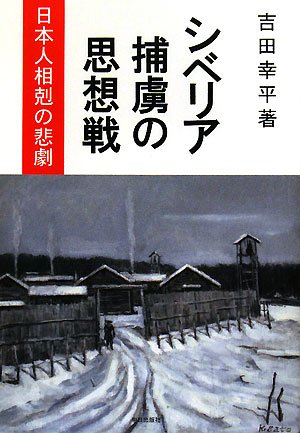102 0 0 0 OA 高等学校理科「地学基礎」「地学」開設率の都道府県ごとの違いとその要因
- 著者
- 吉田 幸平 高木 秀雄
- 出版者
- 公益社団法人 東京地学協会
- 雑誌
- 地学雑誌 (ISSN:0022135X)
- 巻号頁・発行日
- vol.129, no.3, pp.337-354, 2020-06-25 (Released:2020-07-11)
- 参考文献数
- 22
- 被引用文献数
- 1
Science subjects at Japanese high schools are divided into physics, chemistry, biology, and Earth science. The numbers of credits set are two for basic subjects and four for advanced subjects. With a change of courses based on new guidelines enforced by the Ministry of Education, Culture, Sports, Science and Technology Japan (MEXT) in 2012, the Earth science field has classes in Basic Earth Science and Advanced Earth Science. The percentage of high school students who take Earth science classes is estimated from the number of textbooks adopted by MEXT (26% for Basic Earth Science and 1.2-0.9% for Advanced Earth Science), but the percentages of high schools that offer Earth science classes in each prefecture have not been reported. Therefore, the proportion of high schools that offer Basic Earth Science and Advanced Earth Science classes are estimated based on a survey of more than 5,000 high schools in Japan. Data for the survey were collected from the curriculum listed on each high-school homepage and from a questionnaire distributed using the Google mail system. Survey results indicate that 43.7% of high schools nationwide offer Basic Earth Science, and only 8.8% of high schools offer Advanced Earth Science. In addition, the proportion of high schools offering Earth science classes varies depending on the prefecture. The highest proportion of high schools offering Basic Earth Science is 71% (Okinawa) and the lowest is only 4% (Miyazaki). The top prefectural percentage for Advanced Earth Science is 48%, but nine prefectures have no high schools offering Advanced Earth Science. The proportion of high schools offering Earth science correlates with the number of Earth science teachers employed over the past 40 years in each prefecture. However, some prefectures have records only for the total number of science teachers; therefore, the numbers of teachers hired specifically to teach Earth science are not known in these cases. The percentages of high schools offering Earth science classes are higher in prefectures for which only the total number of science teachers is known. A draft is provided on promoting Earth science education at high schools comparing differences among prefectures in the percentages of high schools offering Earth science classes. Based on our results, to promote high school geoscience education, support should be provided through workshops on Earth science education, so that science teachers other than full-time Earth science teachers can recognize the importance of Earth science and teach Basic Earth Science.
1 0 0 0 シベリア捕虜の思想戦 : 日本人相剋の悲劇
1 0 0 0 OA 高等学校における「地学基礎」・「地学」の開設状況
- 著者
- 吉田 幸平 高木 秀雄
- 出版者
- 一般社団法人 日本地質学会
- 雑誌
- 日本地質学会学術大会講演要旨 第125年学術大会(2018札幌-つくば) (ISSN:13483935)
- 巻号頁・発行日
- pp.293, 2018 (Released:2019-08-16)
1 0 0 0 OA ソ連のГTOと体育政策 : 2. 歴史的研究
- 著者
- 吉田 幸平
- 出版者
- 社団法人日本体育学会
- 雑誌
- 日本体育学会大会号
- 巻号頁・発行日
- no.24, 1973-09-01


